The #GoodSoilProject: Stewardship. Seeking. Sustainability.
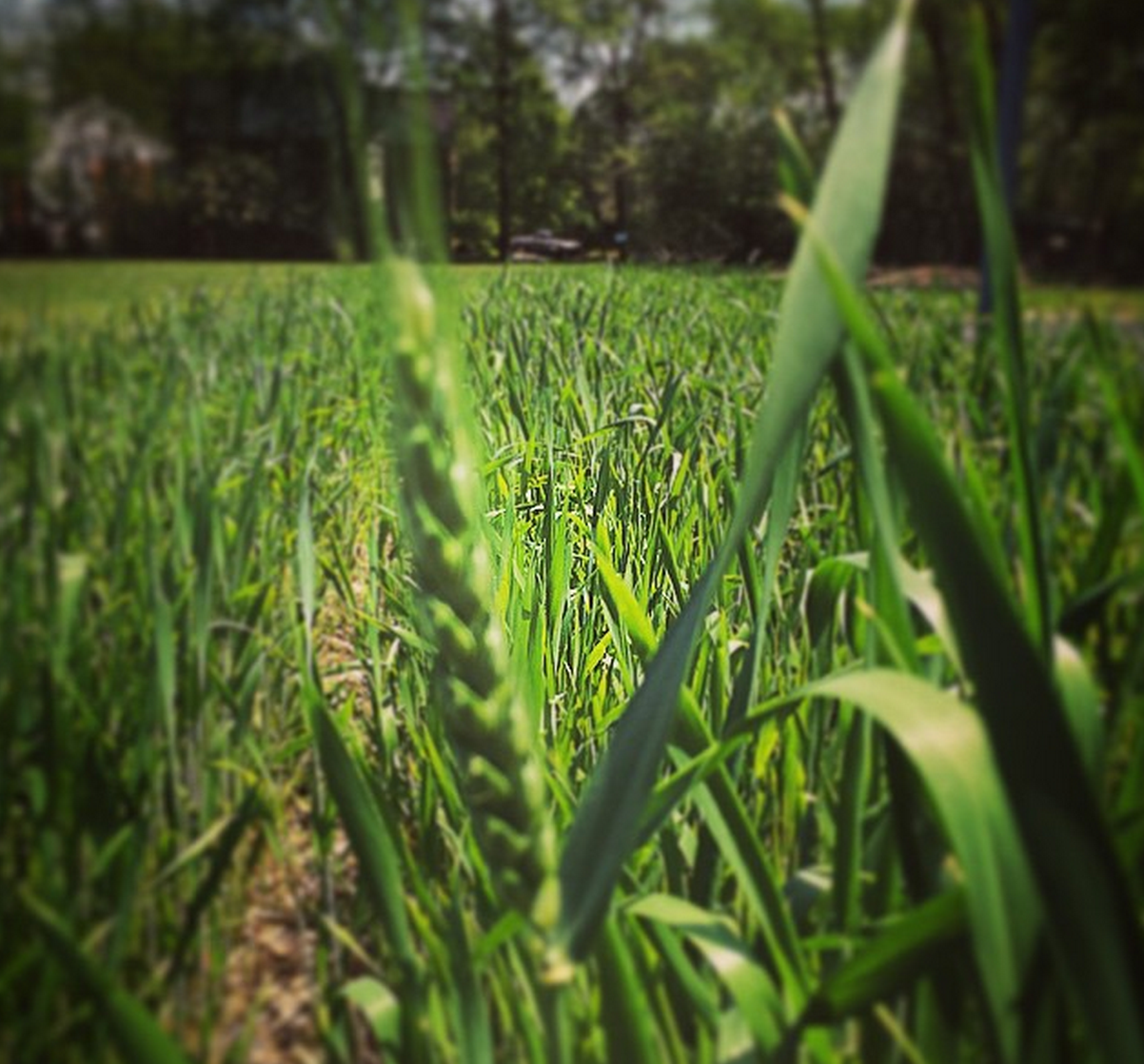
Today I’m delighted to share with you a guest post from the Rev. Chris Slane, a Christian formation leader in the Diocese of Missouri, on his formation ministry’s winter wheat #GoodSoilProject. Thanks for writing, Chris!
I’d love more posts like this, so if you want to share a faith and food project let me know…
***
“When the Lord restored the fortunes of Zion, then were we like those who dream, then was our mouth filled with laughter, and our tongue with shouts of joy.”
I am Chris. And this is a portion of Psalm 126.
I am an Assistant Priest for Children and Family Ministries at St. Martin’s Episcopal Church in Ellisville, Mo. I started at St. Martin’s last July with one overriding motto, “Dream Big!”
What kind of innovative ministries make sense in a suburban context? How do we connect the disparate parts of our lives into one whole? How can we connect Scripture to that wholeness? Where will the Spirit take us?
The answer to all of these, for me, begins with “Dream Big!”
So, one of the things we did was to start the Good Soil Project; our St. Martin’s Sunday School winter wheat garden.
Of course, several members of the church had started a garden a few years back, and the traces of that project can still be seen in the patchy grass right in the middle of the field. Like so many great projects in the church, sometimes the energy or the time to properly care for such a project run out, or fail to really catch on.
I was warned…
both by the friendly voice of our parish administrator and also by the tufts of patched grass in a discernably rectangular shape in the huge field behind the church.
This might not work.
We called it the Good Soil Project, because my first week preaching at St. Martin’s was the Parable of the Sower from Matthew 13 (What could be a better metaphor for starting a new ministry?). I asked the congregation what kind of soil we wanted to be, and whether we wanted to make a concerted effort to make sure that our church was providing the type of soil that allowed for the type of spiritual growth that bears fruit.
***
Because of the church’s previous experience with gardens, I decided that this would start off as a small project with one type of crop.
Why Wheat though?
I think I’ve been obsessed with the idea of having a wheat garden for a long time. First of all, wheat is the most biblical of biblical crops. Wheat is everywhere. It is a symbol of reconciliation, fertility, God’s favor, restoration, and charity (i.e. gleening) and that’s just in the Book of Ruth. Throw in resurrection symbolism and the Last Supper and wheat may be the perfect biblical crop.
Second, I am totally enthralled by the idea of making communion bread from scratch, and teaching our children that our food comes from somewhere other than a supermarket shelf. I love witnessing the process of epiphanies happening.
Thus, this project had to be a Sunday School project.
***
Next Steps:
I researched Wheat for weeks (I’m a Hawai’i boy and so while I have just about no experience with farming, I do have a love for the beauty of nature). With our sexton who grew up on a wheat farm, and encouraged my enthusiastic research with “Well, I guess that ought to work,” I came up with a plan of action.
We chose winter wheat, so that the growing would coincide with the “growing season” of Sunday School. We planned to plant on Sunday September 21st, which would give us a good six to eight weeks before the first frost of the year. Winter wheat loves cold, but not if it hasn’t grown a few inches first.
I went down to a local grain supply store and bought 5lbs of Hard Winter Wheat for $2.34, and waited anxiously for the 21st of September.
About two weeks before planting Sunday, I marked off an area at the back of our field to give us five rows about a foot and a half apart and 150 feet long. With one of the men of the church, I tilled up the soil with a roto-tiller and then used a hoe to break up the dirt clumps and dig the rows. This thing was starting to look legitimately garden-like. I shoveled some compost dirt from the back of the property into the bottom of each trench; “good soil” as it were, and finished it off with some peat moss to help contain some moisture through the winter.
We were ready.
***
Both the Godly Play class and the elementary Sunday School class talked about wheat on the morning of the 21st, while I prepared cups full of wheat seeds for each child. At the appointed time, we formed up by the backdoor, handed out the cups, and b-lined for the good soil in the trenched rows of our garden.
Some of the cute fall dresses gingerly tossed individual seeds with deliberate purpose, while some of the dapper dress shoes and polo shirts tossed seed with reckless abandon coming back for another handful every few minutes. I wondered aloud, “what makes wheat grow?” Some said water, some said the ground. “Those are the things that help it grow, but what makes it decide to use the water and the ground to start growing?”
“God?” came a reticent voice. “Hmmmm…” I replied, “I wonder how that works…”
We prayed over our wheat and we finished off the morning’s planting by taking our cups to the “good soil” compost pile and each planted one last seed in a cup to take home. Only time would tell if this would work.
***
“Unless a grain of wheat falls to the ground and dies, it remains but a single grain.”
I was terrified when I went out to bury the seed later that day.
What if the laws of nature decide not to work this time? Please, God, continue to allow creation to work the way it has since plants first inhabited the earth!!
Part of me doubted that this could actually work.
And then it did work. Germination!!! Was all I could think to say on Instagram, I was so excited.
Our kids came in the next week with tales of three inch tall wheat grass in their take-home cups, they were buzzing, I was buzzing. Creation is amazing!!
***
I brought in the left-over seed that hadn’t been planted and a hand cranked grain mill on the next Sunday School “work day,” which happens about once per month.
Everyone took a turn milling some of the extra seed, and waited with bated breath to see what the result would be. One tiny voice asked if it was sugar, another chimed in “oh wow, that’s flour!” I told them the rest of the plan. I asked them if they knew that bread came from seeds like that, I asked what they knew about the bread we eat in church, and if it might be neat to make some for everyone.
We agreed it would be very neat, and then the waiting began…
If I’m honest, I wish I had had enough time to come up with a great curriculum for teaching about this wheat garden, but our process has been much more organic than that. I don’t want the whole Sunday School process to be overtaken by the wheat garden. I’ve chosen specific stages of growing as times to share more and reignite the excitement for the harvest.
We also ran into deer problems throughout the fall. Lots of hoof prints in the morning dew, and lots of wheat grass shorter than regulation size. We kept praying for our garden, and putting down different kinds of deer deterrent.
The good news is that, as we suspected or anxiously hoped, the chewing of leaves didn’t deter the stalks of wheat from growing once Spring came. In about six weeks, the wheat went from only a couple of inches high to over three feet tall with shoots of grain all over the place.
We went out on Mother’s day this past Sunday to look at the progress, and think about how amazing it is that each shoot of grain carrying dozens of new seeds was formed by just a single seed.
You see, for right now, maybe it is enough to be laying a foundation of knowledge about the way wheat works, the marvelousness of creation, and the fact that food comes from somewhere. Maybe it is ok to walk into this project with only a vague game plan for how it might turn “teachable.” Maybe we’re laying a foundation for epiphanies to come, when those parables or wheat imagery come cascading down from a warbled speaker system and the listener hears with new ears. Maybe we’re showing by example the importance of our connectedness to God’s creation, and the ineffability of its miracles.
I hope all of these things are true, and I trust that the Gospel will use this project in more ways than we can even yet imagine.
Maybe we don’t have to have a specific plan, maybe we just have to “go! do!” as the Jonsi song says, and then get out of the way so that God can enter into our midst. I’m full of hope that in the coming years this project will shape into something that can be written down and disseminated. But for right now, we are not the teachers, all of us are the students.
Sometime in early July, when the wheat grain gets nice and dry and begins to taste doughy, we’ll invite the kids out to harvest the wheat. We’ll chop it down in bundles, carry it inside on a big tarp so we don’t lose any grain, let it dry, and then bang the heads of the shoots on the inside of a brand new trash can to separate the grain from the stalk. We will throw the grain in front of a fan to separate the seed from the leftover husks (the chaff).
We’ll save about three pounds of seed to plant again next year, and mill the rest. We’ll use one of our monthly meetings with our new 7-11 Club (our new youth group for elementary schoolers) to make and talk about communion bread, and “glean” (set aside for others) the rest of our wheat to give to a bread making charity in the St. Louis region.
***
I am so gratified that anyone else finds this project interesting, and wants to explore their own good soil. If you or your church wants to explore wheat planting, there are a multitude of great resources. I hope this article has given you a vague roadmap, but even more, I hope it has given you the confidence to trust that you can do it, and that God will provide.
If you’d like, follow me on the instagrams @ chris.slane or on the twitters @cdslane
There, you can follow the progress, see random reflections provided by wheat gardening (such as musings on the Wheat and Weed parable, Resilience, and the Importance of Community), and take a bet to see if we’ll have to water the wheat at all this Spring.
Many thanks to Nurya for her interest, and invitation to post.
Signing off from #goodsoilproject
In Peace,
The Rev. Christopher Slane


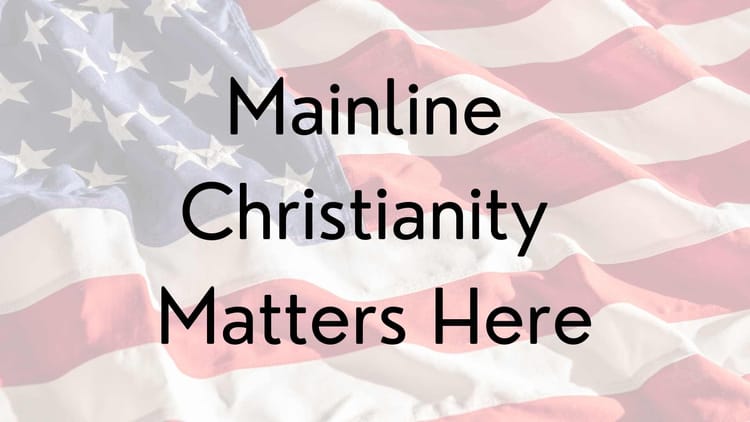
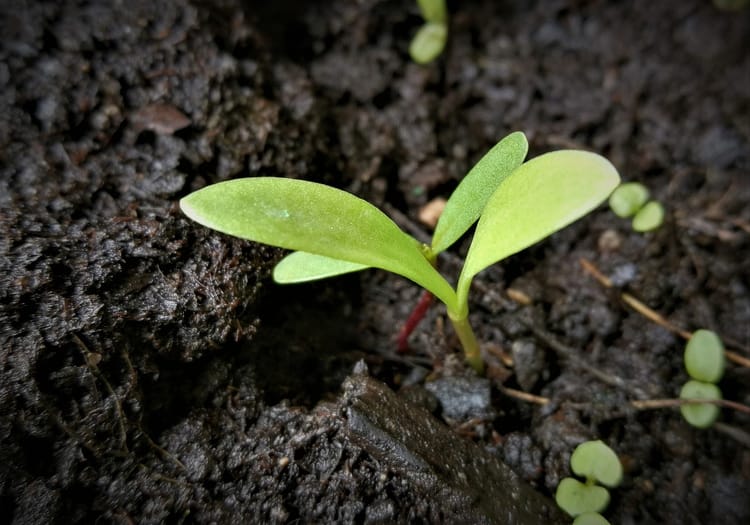
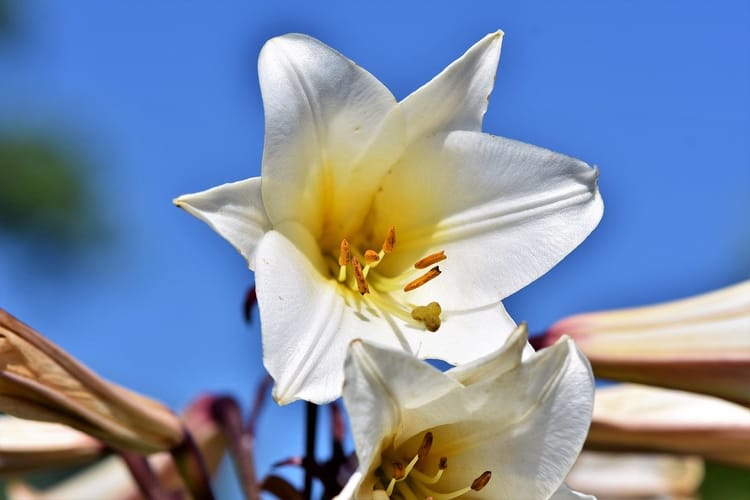
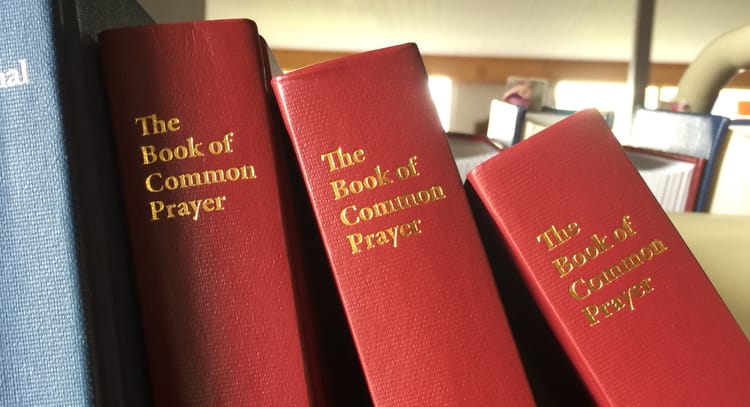
Member discussion